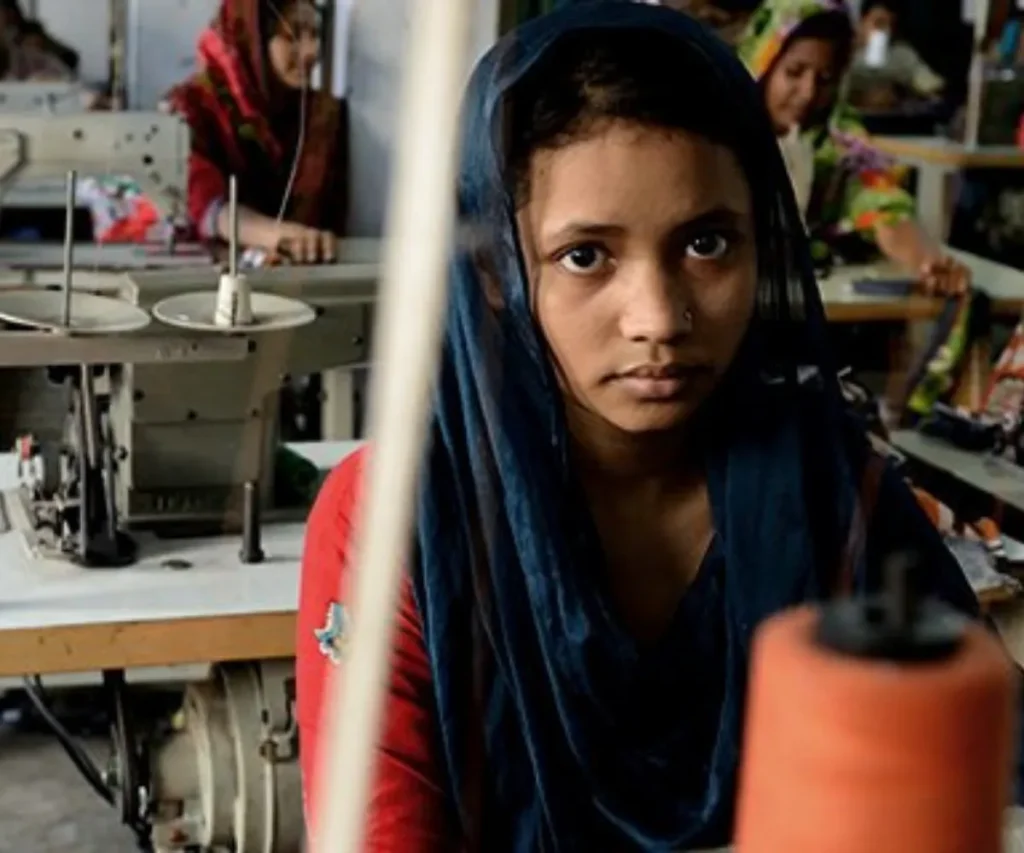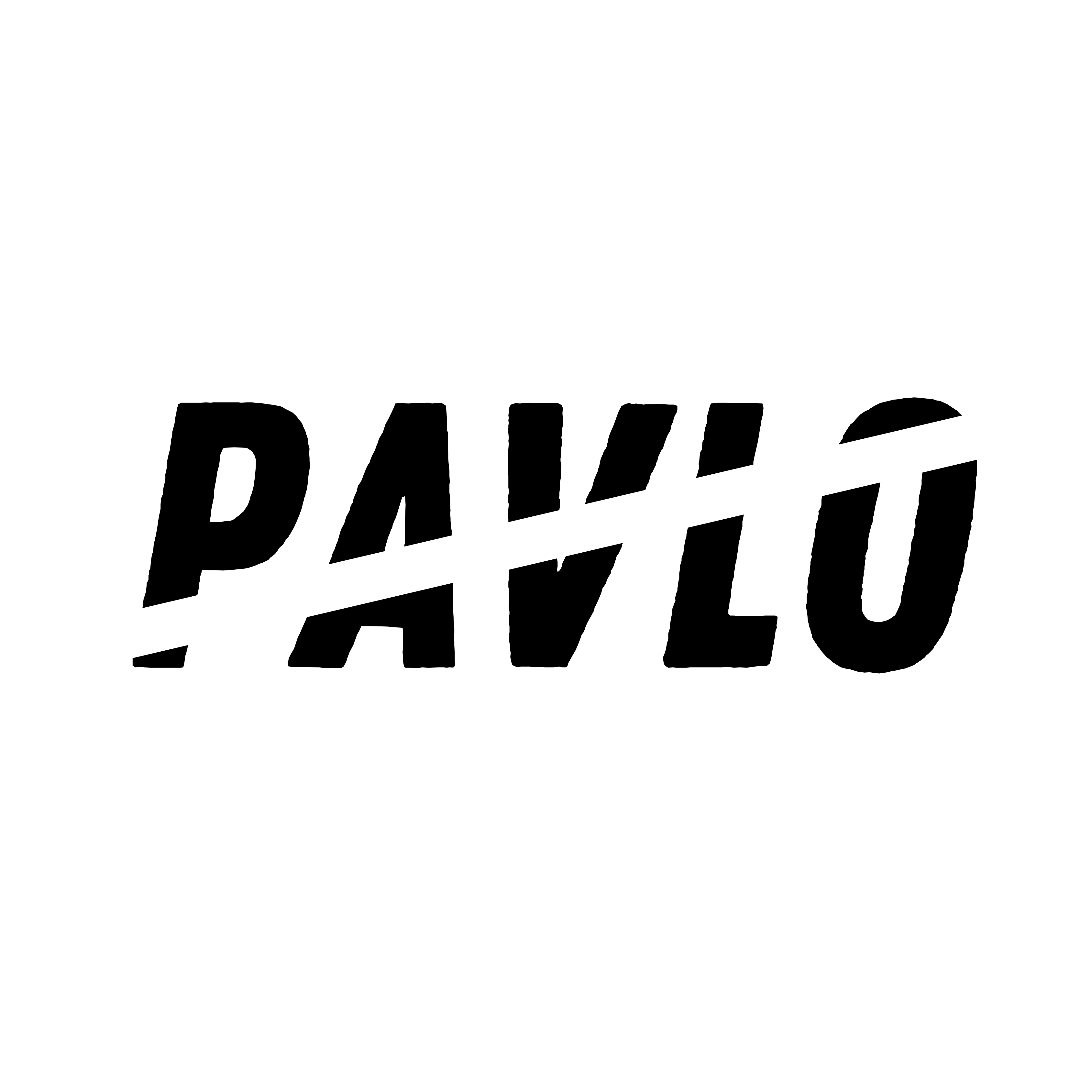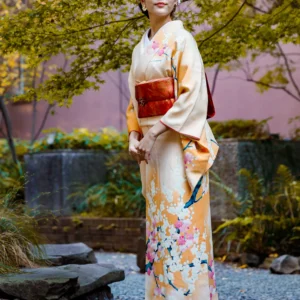

In the hectic life we lead, we may not have much time to check the labels of each individual item or to investigate the huge amount of clothing brands that have sprung up in recent years. That’s why there are e-commerce or brand evaluation platforms that do the work for us. Good on You, which is also available in the form of an App, and The Good Shopping Guide evaluate and compare the degree of sustainability of brands. As for e-commerce, we report some such as ViPresentoItalia, Ethica, Maison de Mode, Reve en vert and the Italian Altra moda.
An e-commerce we are particularly fond of is staiy, born to four Italian boys in Berlin. In this article, we interviewed one of them. As for single-brand sites, there is truly an embarrassment of choice and it would be difficult to report an accurate selection here. Some of the most famous sustainable brands are People Tree, Reformation, Barbour, Patagonia and Stella McCartney. Then we have Elizabeth Suzanne, Amorilla (created by a very competent green influencer named Camilla Mendini) and Komodo and finally Veja in terms of footwear. Among the Made in Italy we find Par.co Denim, specialized in jeans, Rebello and Laura Strambi.
1) Minimalism and boycott of fast fashion
Sustainable fashion, however, is not just about the different fabrics that make up the garments we buy. Having a sustainable wardrobe is more a lifestyle whose sine qua non condition is to buy as few clothes as possible. This philosophy is somewhat reminiscent of minimalism, which is a great ally of the environment, since it requires every human being to buy only what they really need. In fact, it is worth mentioning that, although in general certified organic cotton is a better material than low-cost polyester, when we buy 10 items of organic cotton a month this will no longer satisfy the logic of sustainability. In fact, the planet could not literally sustain such behavior by all buyers in the world.
Another advantage of buying less is that, often times, it also means buying better. Fast fashion garments are produced with poor quality materials and briefly sewn by people who are not very motivated because you pay a pittance. Furthermore, these people are often forced to work under pressure to meet the immense demand for clothing from large low-cost chains. Think of the collapse of H & M’s clothing factory in Bangladesh, which killed 1,100 people. The building was not safe and the workers were exposed to the most inhumane risks and hours possible. This tragedy started the search for greater attention, on the part of companies and buyers, regarding the ethical sustainability of the fashion industry.
2) The certifications of sustainable fashion
For this reason, buying clothes from small local companies whose work is known can be a way to compose your wardrobe in a more sustainable way. Or it is possible to resort to bigger brands but they have done their utmost to obtain a certification for their products. There are many and different certifications, which we can prefer depending on what is most important to us in the field of sustainability. For example, we may want to buy only garments with recycled fibers. The Global recycle standard certifies precisely that a garment contains only recycled fibers. For some, it may be more important that the fibers come from organic farming.
Regarding this, in addition to the certification already mentioned for cotton (GOTS), there is also the Organic content standard and Ecocert, which ascertain the biological nature of the fabrics. As for toxic substances, a certification certifying their absence is OEKO-TEX®. Naturtextil and Ecolabel, on the other hand, certify the total ecological and environmentally friendly nature of the fabrics and the life cycle of the products in general. Forest stewardship council (FSC), on the other hand, certifies that the raw material comes from responsibly managed forests in full respect of workers, inhabitants and the territory. On the ethical fashion front, Fairtrade Textile Standard aims to give greater weight to the demands of workers in textile factories. Get It Fair also provides the buyer with a real risk assessment of a factory. New Merino, on the other hand, certifies that the process to obtain the wool respects the animals and the environment in which they live.
3) Used, vintage and do-it-yourself clothes
Another way to avoid damaging the environment while shopping is to buy used or vintage clothes. In the world there is a huge amount of clothes already produced that can meet the needs of billions of people and of which we can extend the life, avoiding buying new ones. Vintage DannyRu, for example, sells garments from old stock holdings. You will find outfits for every taste and occasion, but always with a retro touch. You also have the possibility to customize them with the details you like best, such as colored prints. Recently it has also been possible to buy them online. Speaking of extending the life of clothes with custom modifications, it is important to try not to throw away the garments as soon as they are damaged. There are in fact many methods to repair and reinvent clothes. For example, you can cover the holes with funny patches, which are also very popular. Or you can turn discarded pants into shorts, so as to avoid buying new shorts for the summer.
4) Never stop learning
Finally, if you have the possibilities and the skills, a valid alternative to traditional shopping is the creation of clothes starting from scratch, or rather, from needle, thread and fabric. There are many online courses that could, who knows, turn a passion into a job, or simply into a healthy pastime, which requires distance from screens and the expression of creativity. In this way it is possible to personally check the origin and quality of the materials.
Get informed, get informed, get informed
In general, therefore, information is fundamental and is perhaps the first thing to implement if you want to become more sustainable. We therefore recommend reading books and watching documentaries on the theme of fashion that respects the environment. As for the first category, “Fashion Change” is defined as “the bible” of sustainable fashion, while “The revolution starts from your wardrobe” also contains a sort of manual on how to radically change your wardrobe. To learn about the dark sides of fashion, however, we recommend the book “You’re crazy to wear it!” As for documentaries, The True Cost is a milestone that has awakened awareness of the rotten fashion industry. Recently, the documentary “Intrecci etici” was released which deals with the theme of sustainable fashion in Italy.



